Product marketing is a booming field that requires a combination of strategic thinking, customer understanding, and practical skills. For product marketers, staying updated with the latest methodologies and insights is crucial. Books serve as a timeless source of knowledge, offering proven frameworks, real-world examples, and expert advice to sharpen your expertise.
Table of Contents
We have put together a list of 20 best product marketing books to help you navigate your marketing journey, understand customer needs, and execute successful product launches.
Importance of Product Marketing Books
Product marketing is a dynamic and multifaceted discipline that bridges the gap between product development and sales. It involves positioning, messaging, market research, and creating go-to-market strategies that resonate with target audiences. In such a rapidly evolving field, staying updated and developing a deep understanding is crucial for success. This is where product marketing books play a pivotal role.
1. Enhancing Professional Expertise
Product marketing books are treasure troves of knowledge curated by seasoned experts. They provide readers with frameworks, tools, and insights that stem from real-world experiences. Whether you’re a beginner seeking foundational knowledge or an experienced professional looking to refine your strategies, these books offer a structured path to mastering the art and science of product marketing.
2. Adapting to Market Changes
The digital age has transformed the way products are marketed. With the rise of new technologies, social media platforms, and shifting customer behaviors, marketers must continuously adapt. Product marketing books help readers stay ahead of these changes by offering insights into emerging trends and strategies.
3. Learning from Real-World Examples
One of the most valuable aspects of product marketing books is the abundance of case studies and examples from successful companies. These real-world stories provide practical knowledge, demonstrating how theories and strategies can be applied in diverse scenarios.
4. Improving Decision-Making Skills
Product marketers are often required to make critical decisions that can determine the success of a product launch. With these resources, marketers can gain confidence in crafting strategies that align with customer expectations and business goals.
5. Gaining a Competitive Edge
In competitive industries, knowledge can be the ultimate differentiator. By learning from books authored by thought leaders, product marketers can gain unique perspectives that set them apart.
6. Developing Strategic Thinking
Strategic thinking is the backbone of successful product marketing, enabling marketers to anticipate trends, identify opportunities, and craft long-term plans that drive business growth. Product marketing books play a pivotal role in developing this essential skill, offering frameworks and insights that inspire innovative and forward-looking approaches.
7. Building Leadership Skills
Leadership is a critical quality for product marketers aspiring to excel in their roles and drive impactful outcomes. Strong leadership skills enable professionals to align cross-functional teams, influence stakeholders, and champion a product’s success in the market. Product marketing books serve as valuable resources for cultivating these essential skills by offering actionable insights, real-world examples, and proven strategies from experienced leaders in the field.
8. Encouraging Continuous Learning
The best marketers are lifelong learners. Product marketing books encourage a mindset of growth and curiosity, helping marketers stay motivated and passionate about their craft. They act as a constant source of inspiration and innovation, guiding professionals to push boundaries and think creatively.
9. Practical Frameworks and Tools
In the complex world of product marketing, having a set of proven frameworks and tools can significantly enhance efficiency and decision-making. These resources provide structured approaches to solving challenges, ensuring that marketers are equipped to manage everything from product launches to customer engagement. Product marketing books excel in offering practical, actionable frameworks and tools that marketers can directly apply to their work.
10. Staying Updated with Industry Trends
The field of product marketing is dynamic, with new trends, technologies, and consumer behaviors emerging regularly. Staying updated is crucial for product marketers to remain competitive and relevant. Product marketing books serve as an excellent resource for understanding these shifts and adapting strategies accordingly.
Also read: Product Marketing vs Service Marketing
20 Must-read Product Marketing Books
1. Product Marketing Misunderstood – Product Marketing Alliance

About the Book:
“Misunderstood” by Product Marketing Alliance is a comprehensive guide addressing the often-overlooked and misunderstood role of product marketing within organizations. This book dives into the common challenges product marketers face and provides actionable solutions to demonstrate the strategic importance of their role. Written by experts at the Product Marketing Alliance, this book consolidates insights from interviews, case studies, and personal experiences shared by seasoned product marketers.
Key Takeaways:
- Clarity on Roles: It emphasizes the importance of defining the product marketing function and how it differs from other roles, like product management or general marketing.
- Tools and Frameworks: The book offers practical tools for creating personas, conducting competitor analysis, and crafting effective positioning statements.
- Real-World Examples: It includes stories from companies where product marketing was critical to achieving success, such as launching new products or repositioning existing ones.
2. The Pocket Guide to Product Launches: Get Confident, Go to Market, and Win – Mary Sheehan

About the Book:
Mary Sheehan, a veteran product marketer with experience at companies like Adobe and Google, condenses her years of expertise into this pocket-sized yet powerful guide. The book focuses on simplifying the complexities of product launches, breaking them into manageable steps. Mary uses a mix of humor, insights, and templates to help readers approach launches with confidence.
Key Takeaways:
- Simplified Frameworks: Learn how to break down launch strategies into digestible phases – from pre-launch planning to post-launch analysis.
- Collaboration Techniques: The book emphasizes cross-functional collaboration and offers strategies for seamless communication between teams like engineering, sales, and design.
- Templates and Case Studies: Practical templates for launch plans, checklists, and detailed case studies from successful product launches provide immediate application.
3. Product Marketing: Mastering the Art and Science of PMM – Div Manickam
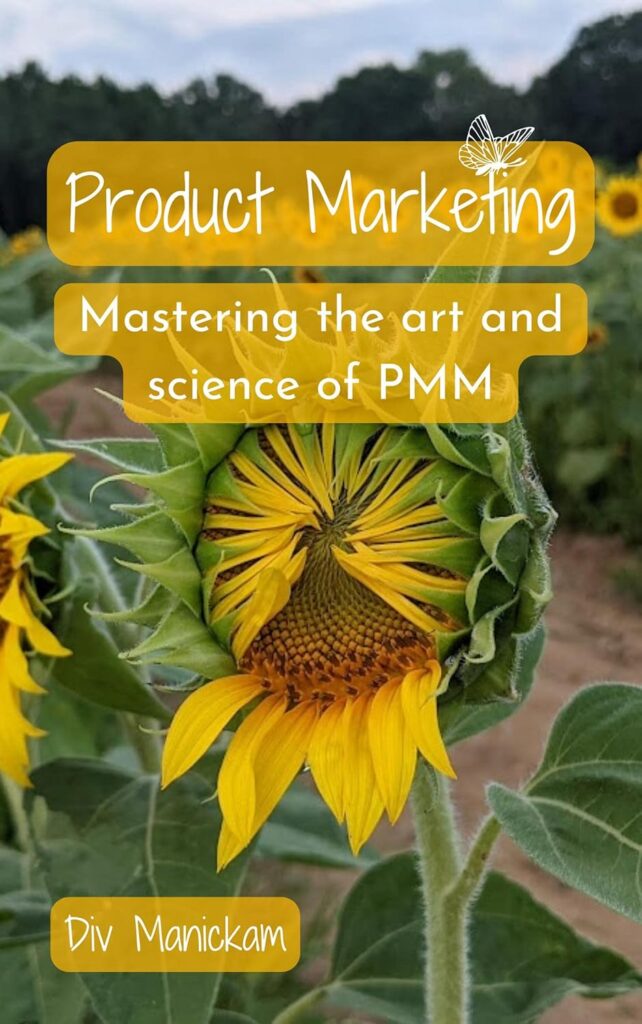
About the Book:
Div Manickam, a recognized thought leader in product marketing, combines years of expertise with her creative storytelling abilities in this book. She dives into the dual nature of product marketing, which requires a balance of artistic creativity and data-driven decision-making.
Key Takeaways:
- Storytelling for Impact: Learn how to craft compelling product narratives that resonate with target audiences.
- Scientific Approach: The book provides methodologies for analyzing market trends, customer feedback, and competitor activities.
- Holistic Frameworks: It integrates product marketing with the overall business strategy, ensuring alignment with organizational goals.
4. Positioning: The Battle for Your Mind – Al Ries and Jack Trout
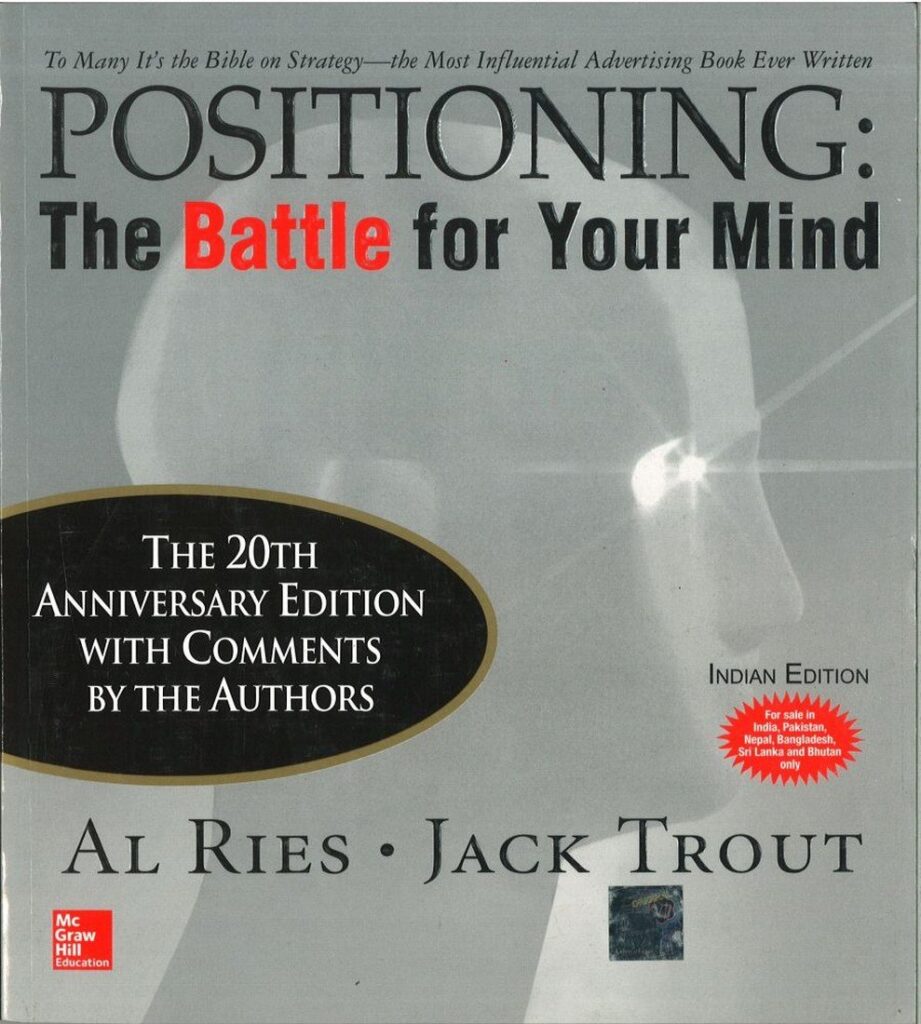
About the Book:
First published in 1981, this timeless classic is one of the most influential books on marketing strategy. Al Ries and Jack Trout introduce the concept of positioning, emphasizing the importance of creating a distinct mental image in the minds of your target audience.
Key Takeaways:
- Foundation of Positioning: Learn the psychological principles behind how consumers perceive brands and products.
- Strategies for Differentiation: Discover how to craft messaging that stands out in a cluttered market.
- Examples of Success: Case studies, such as Avis’ famous “We Try Harder” campaign, demonstrate the real-world application of positioning.
5. Value Proposition Design: How to Create Products and Services Customers Want – Alexander Osterwalder
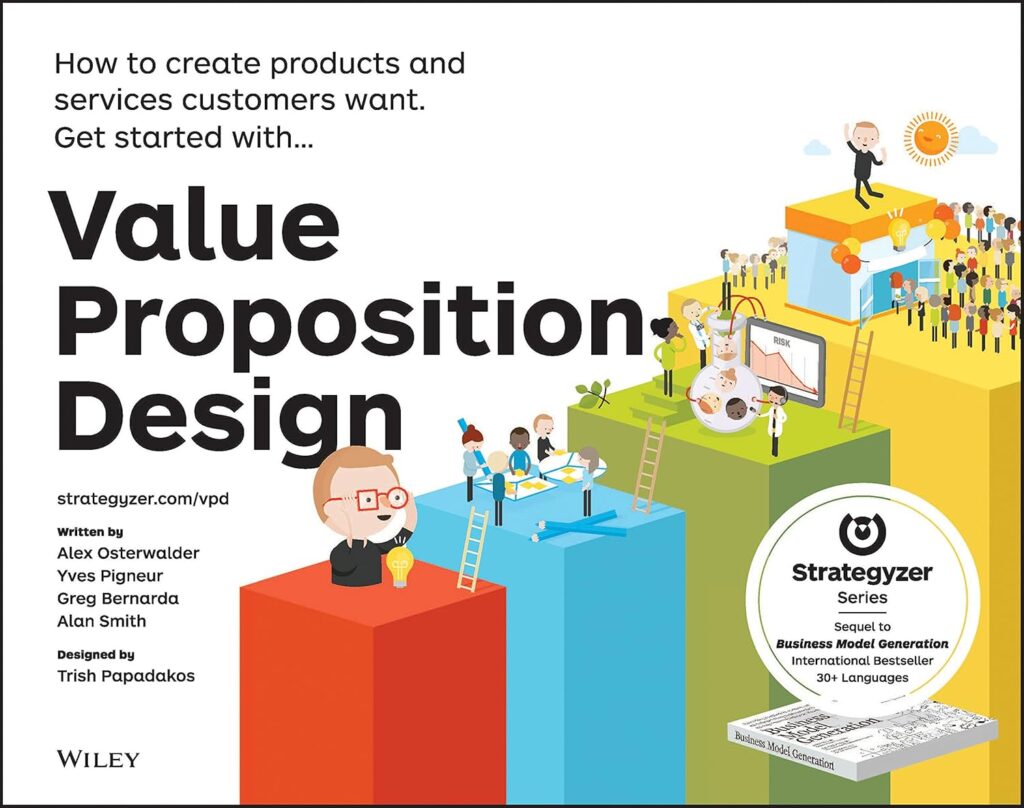
About the Book:
This book by Alexander Osterwalder builds on his earlier work, “Business Model Generation.” It offers a detailed methodology for creating compelling value propositions that align with customer needs and expectations. With visual tools and exercises, it’s ideal for marketers looking to refine their approach to product design and delivery.
Key Takeaways:
- Customer-Centricity: Frameworks to identify customer pains, gains, and jobs to be done.
- Actionable Tools: Use the Value Proposition Canvas to map out customer needs and align them with product features.
- Collaborative Techniques: Encourages cross-team collaboration to design customer-centric solutions.
6. Play Bigger: How Pirates, Dreamers, and Innovators Create and Dominate Markets – Al Ramadan, Dave Peterson, Christopher Lochhead, and Kevin Maney
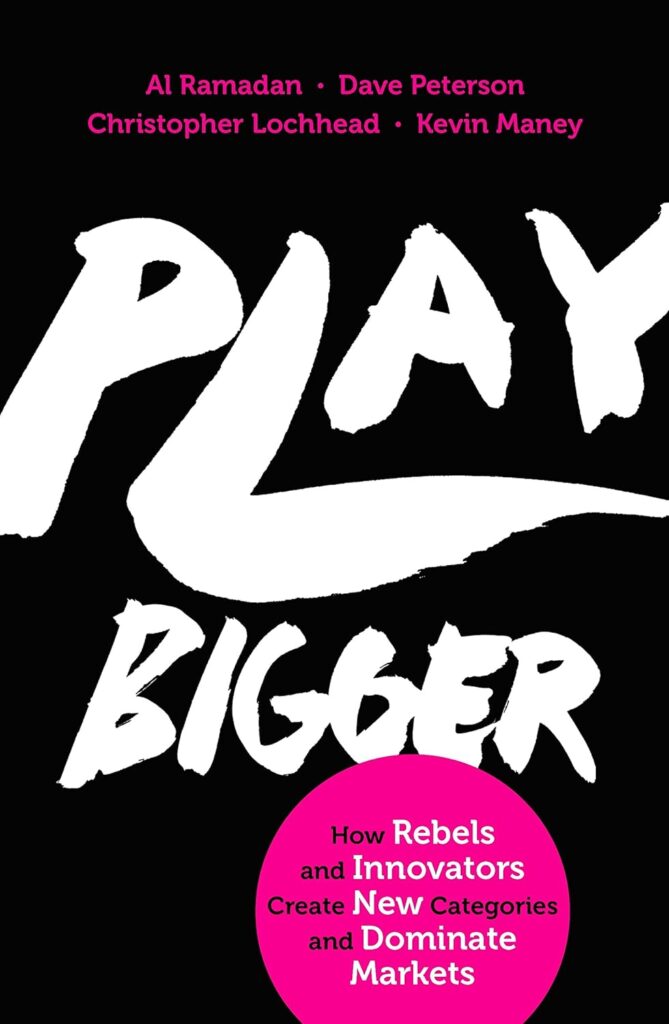
About the Book:
This book presents the concept of category design, an innovative strategy focused on creating entirely new markets instead of competing within established ones. It’s a must-read for product marketers aiming to innovate and establish market leadership.
Key Takeaways:
- Category Design Framework: Steps to create and dominate a new category, including crafting a category narrative and evangelizing it.
- Case Studies: Examples of companies like Salesforce and Uber illustrate how category design has been applied successfully.
- Strategic Insights: Learn how to align your company’s vision, culture, and operations to support category domination.
7. The Mom Test: How to Talk to Customers & Learn If Your Business Is a Good Idea When Everyone Is Lying to You – Rob Fitzpatrick

About the Book:
Rob Fitzpatrick provides a no-nonsense guide to conducting customer interviews that yield honest, actionable insights. He highlights common pitfalls and offers strategies to avoid bias and superficial feedback.
Key Takeaways:
- Effective Questioning: Learn how to ask questions that reveal customers’ real needs and problems.
- Avoiding Bias: The book explains how to prevent leading questions or overly optimistic interpretations.
- Practical Applications: Includes examples of good and bad interview practices.
8. Product-Led Growth: How to Build a Product That Sells Itself – Wes Bush
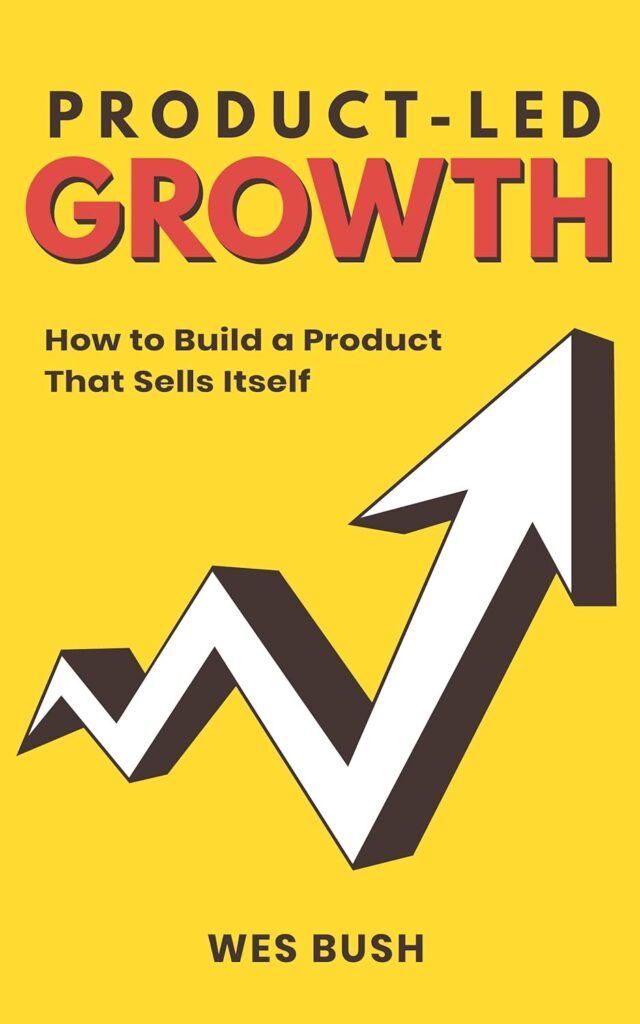
About the Book:
Wes Bush advocates for a product-led growth (PLG) model, where the product itself is the primary driver of customer acquisition, retention, and expansion. This book outlines strategies for implementing PLG effectively.
Key Takeaways:
- PLG Framework: Understand how to create a product that drives growth through word-of-mouth, viral loops, and seamless onboarding.
- Customer Journey Mapping: Learn how to identify touchpoints that matter most to users.
- Metrics for Success: Focus on product-qualified leads (PQLs) instead of traditional marketing metrics.
9. Buyer Personas: How to Gain Insight into Your Customer’s Expectations, Align Your Marketing Strategies, and Win More Business – Adele Revella

About the Book:
In “Buyer Personas,” Adele Revella presents an in-depth approach to understanding customer personas beyond superficial demographics. She emphasizes the importance of capturing detailed insights about buyer motivations, pain points, and decision-making processes. This book serves as a step-by-step guide to crafting actionable buyer personas that drive meaningful marketing strategies.
Key Takeaways:
- Deep-Dive Interviews: Techniques for conducting meaningful buyer interviews to gather actionable insights.
- Strategic Alignment: Learn how to use buyer personas to align marketing, sales, and product development efforts.
- Real-Life Examples: Case studies from companies that successfully used personas to tailor their marketing strategies and achieve better outcomes.
10. Product Marketing, Simplified: A Customer-Centric Approach to Take a Product to Market – Srini Sekaran
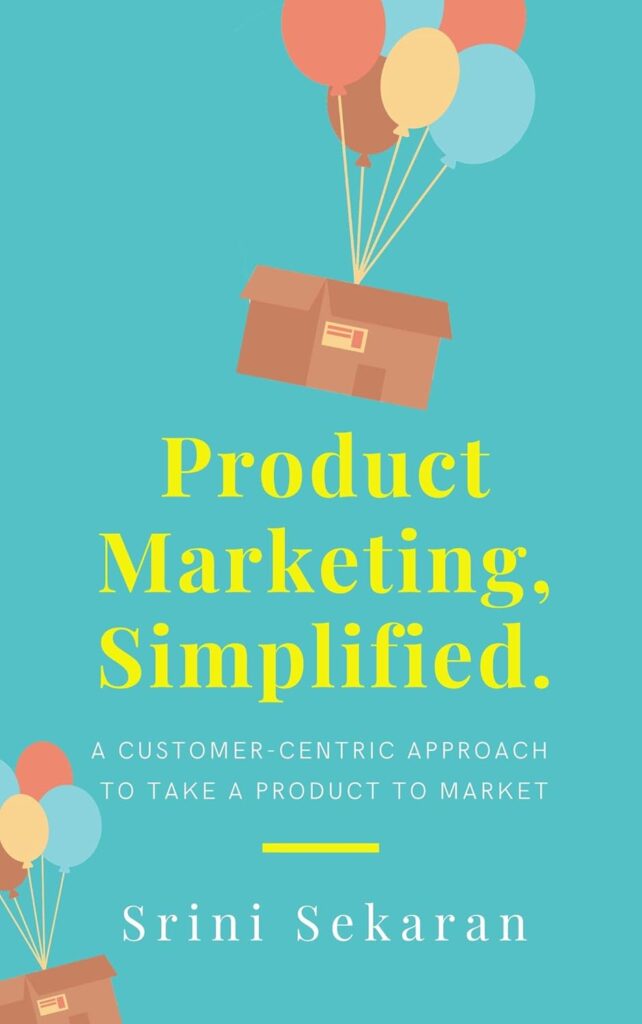
About the Book:
Srini Sekaran’s book distills complex product marketing processes into a simple, customer-first approach. The book is designed for both seasoned marketers and newcomers, providing frameworks that focus on understanding customer needs and delivering value at every stage of the product lifecycle.
Key Takeaways:
- Customer-Centric Focus: Strategies to place the customer at the center of product marketing efforts.
- Go-to-Market Strategies: Learn to develop clear, actionable go-to-market plans for product launches.
- End-to-End Marketing: Insights into aligning product marketing with broader business goals and metrics.
11. Product Marketing Debunked – Yasmeen Turayhi

About the Book:
Yasmeen Turayhi’s “Product Marketing Debunked” is a hands-on guide for navigating the challenges of product marketing. With a focus on practical application, this book addresses misconceptions and offers clear solutions to enhance product marketing strategies, from positioning to go-to-market execution.
Key Takeaways:
- Clarifying Misconceptions: Addresses common myths about product marketing and explains its strategic importance.
- Step-by-Step Frameworks: Practical advice for executing product marketing tasks like positioning, messaging, and launch planning.
- Insights for Startups: Special emphasis on how startups can build product marketing functions from the ground up.
12. INSPIRED: How to Create Products Customers Love – Marty Cagan
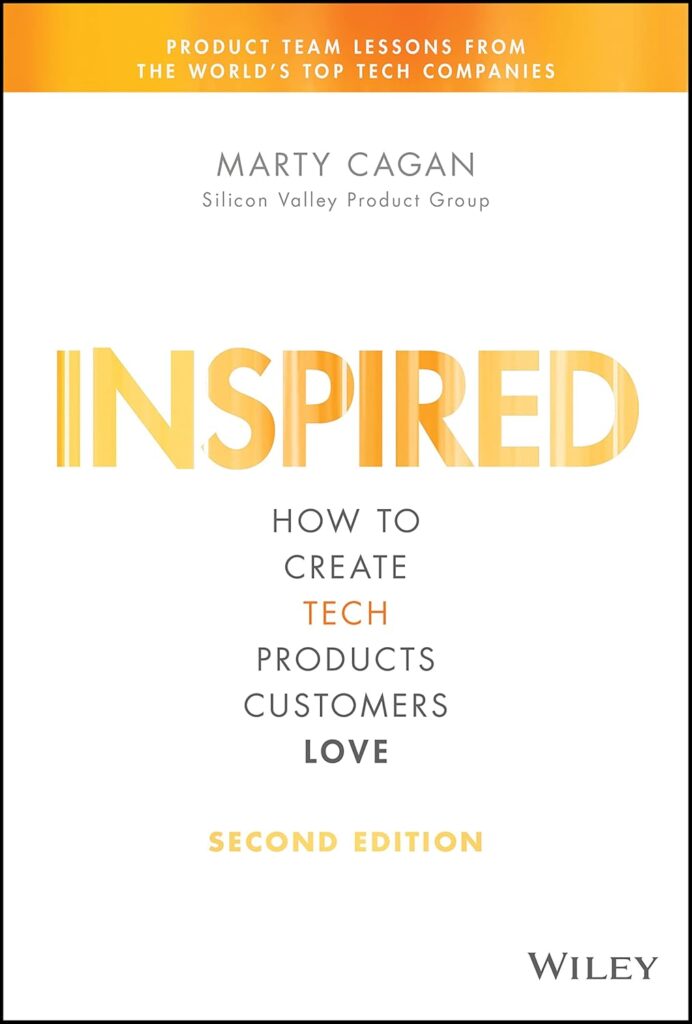
About the Book:
“INSPIRED” by Marty Cagan is a must-read for product marketers, product managers, and anyone involved in building products. The book focuses on how to create products that truly resonate with customers, offering actionable advice on fostering innovation and collaboration within teams.
Key Takeaways:
- Team Collaboration: Learn how to build cross-functional teams that drive product success.
- Customer-Driven Design: Understand the importance of customer research and feedback in the product development process.
- Real-World Practices: Includes insights from leading companies like Google, Amazon, and Netflix.
13. The Launch: A Product Marketer’s Guide – Yasmeen Turayhi
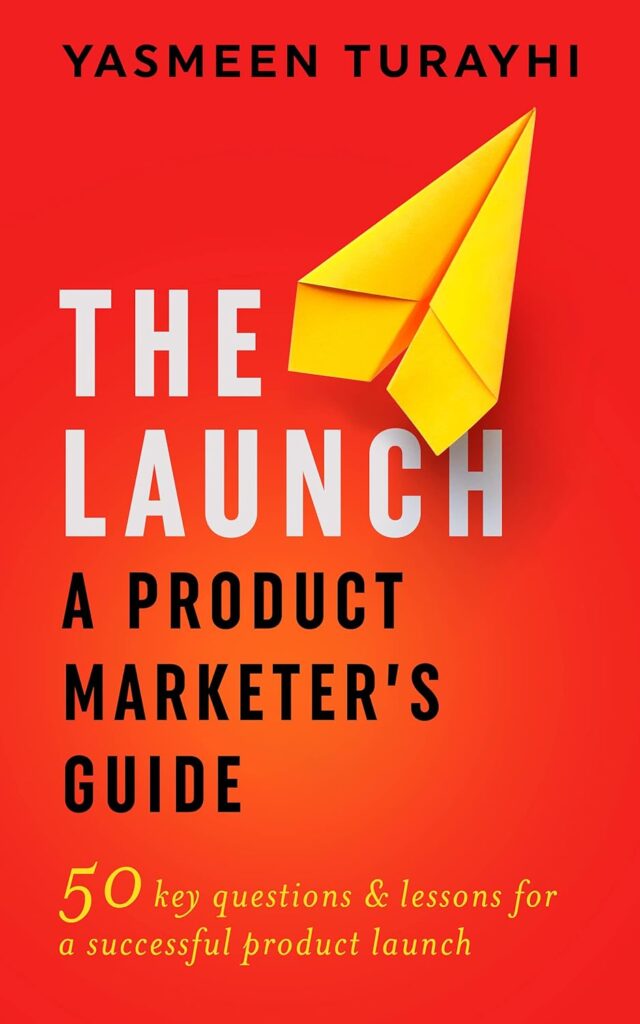
About the Book:
Yasmeen Turayhi’s second contribution to product marketing literature focuses on the launch process. “The Launch” provides a comprehensive guide for planning and executing successful product launches, emphasizing collaboration, timing, and storytelling.
Key Takeaways:
- Launch Phases: Detailed breakdown of pre-launch, launch, and post-launch activities.
- Messaging Strategies: Tips on crafting compelling narratives that resonate with target audiences.
- Metrics and Analysis: Guidance on tracking key performance indicators (KPIs) to measure launch success.
14. Building a StoryBrand: Clarify Your Message So Customers Will Listen – Donald Miller

About the Book:
Donald Miller’s “Building a StoryBrand” teaches marketers how to leverage storytelling to create clear and compelling brand messages. The book introduces the StoryBrand framework, which helps businesses clarify their communication and connect with customers on a deeper level.
Key Takeaways:
- Seven-Part Framework: Learn the StoryBrand formula, which simplifies complex ideas into relatable narratives.
- Customer as Hero: Strategies for positioning your customer as the hero of your brand story.
- Practical Tools: Templates and exercises to craft brand messages that drive engagement and sales.
15. Crossing the Chasm: Marketing and Selling Disruptive Products to Mainstream Customers – Geoffrey A. Moore
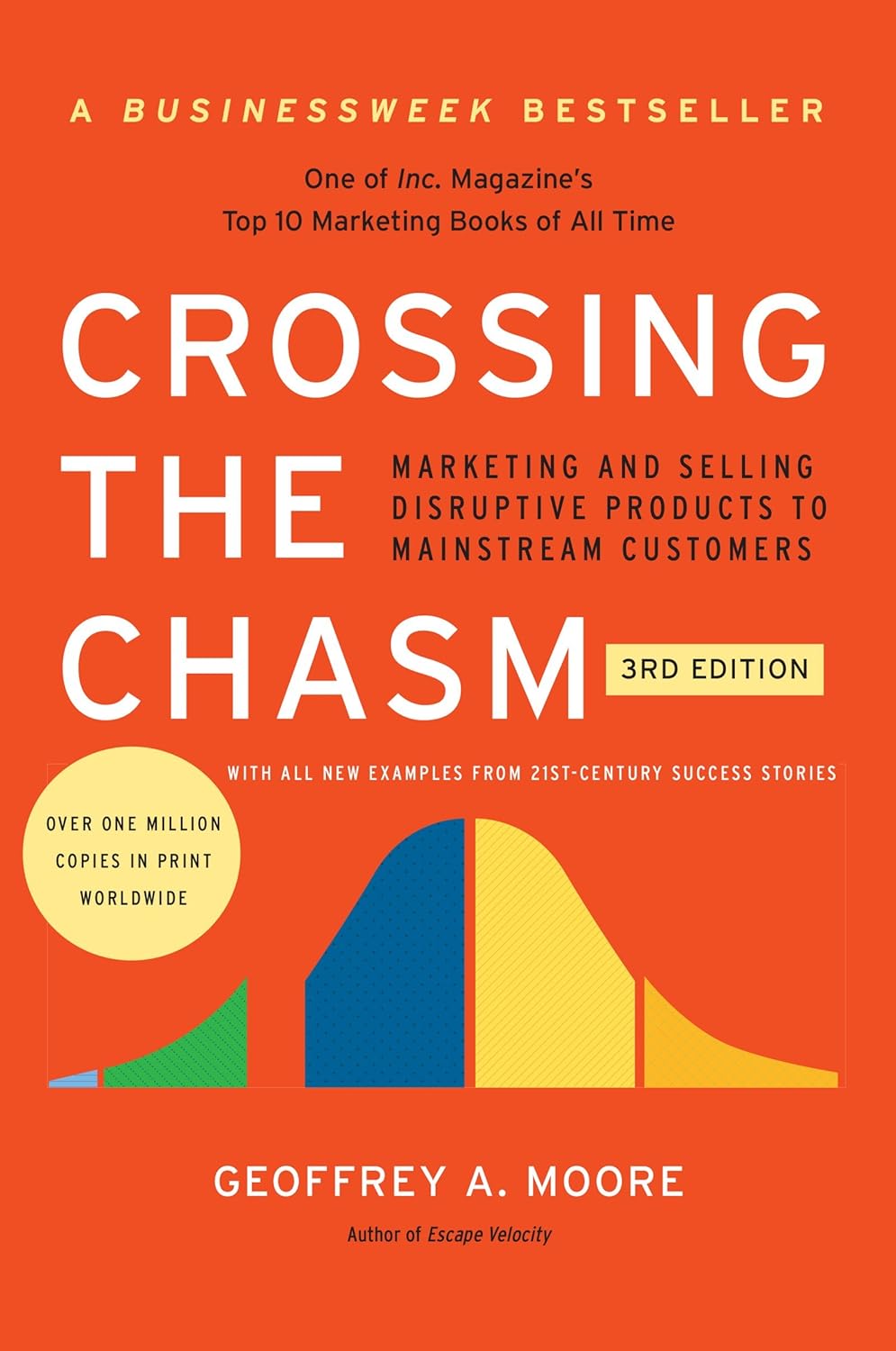
About the Book:
Geoffrey Moore’s “Crossing the Chasm” explores the challenges of marketing disruptive products to mainstream audiences. The book introduces the technology adoption lifecycle and offers strategies for navigating the critical “chasm” between early adopters and the mainstream market.
Key Takeaways:
- Technology Adoption Lifecycle: Insights into the different stages of customer adoption and how to address each.
- Chasm Strategies: Techniques for overcoming the gap between visionary early adopters and pragmatic mainstream customers.
- Case Studies: Real-world examples of companies like Apple and Tesla illustrate successful chasm-crossing tactics.
16. Hooked: How to Build Habit-Forming Products – Nir Eyal
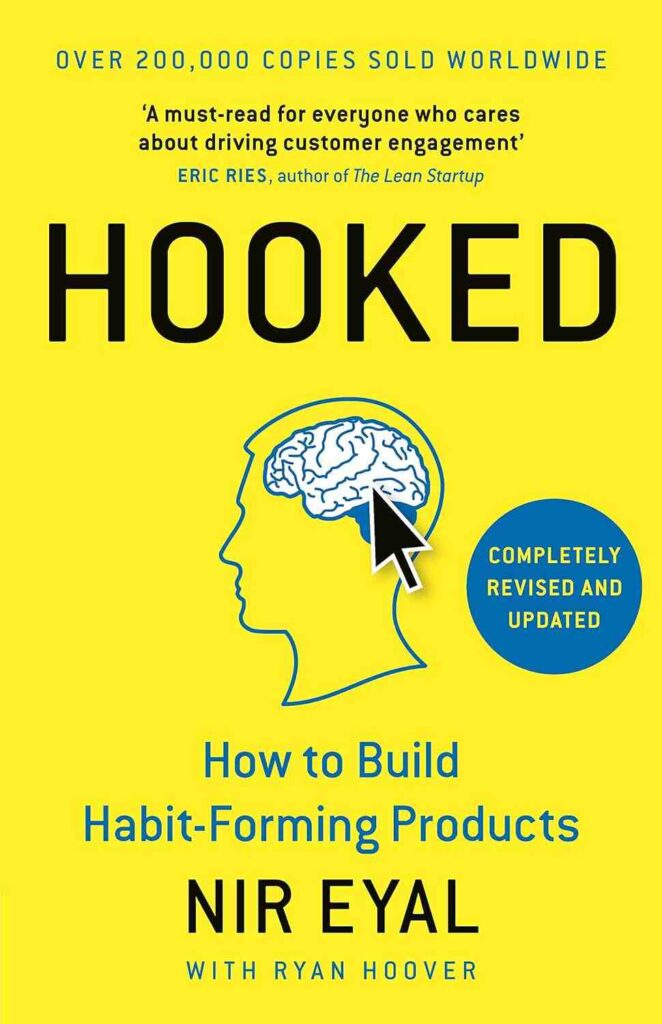
About the Book:
Nir Eyal’s “Hooked” explains the psychology behind habit-forming products. The book introduces the Hook Model, a four-step process that helps companies create products that keep users coming back.
Key Takeaways:
- Hook Model: Learn the triggers, actions, rewards, and investments that drive user habits.
- Behavioral Psychology: Understand the principles of human behavior that underpin product design.
- Ethical Considerations: Tips on ensuring your product designs promote healthy user engagement.
17. Blue Ocean Strategy: How to Create Uncontested Market Space and Make the Competition Irrelevant – W. Chan Kim and Renée Mauborgne
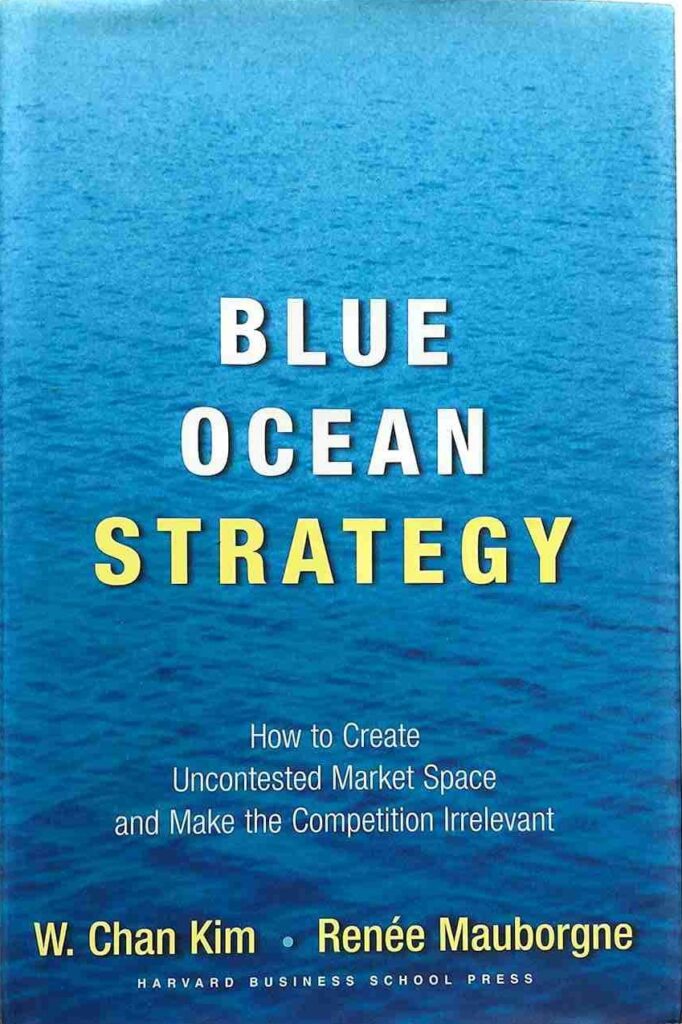
About the Book:
“Blue Ocean Strategy” is a groundbreaking guide to creating new market spaces where competition is irrelevant. The authors introduce tools and frameworks for identifying and capitalizing on untapped opportunities.
Key Takeaways:
- Value Innovation: Learn how to deliver superior value while reducing costs.
- Strategic Frameworks: Use tools like the Strategy Canvas and Four Actions Framework.
- Real-World Cases: Examples from industries like Cirque du Soleil and Airbnb demonstrate the application of blue ocean strategies.
18. Lean Product and Process Development – Allen C. Ward
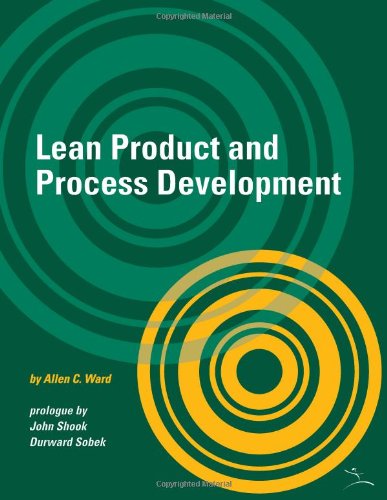
About the Book:
Allen C. Ward’s book focuses on lean principles in product development. It combines practical methodologies with insights into reducing waste, improving efficiency, and delivering value to customers.
Key Takeaways:
- Lean Thinking: Learn how to apply lean principles to product marketing and development.
- Process Efficiency: Strategies for streamlining workflows and eliminating non-value-adding activities.
- Customer Value: Focus on delivering outcomes that align with customer needs and expectations.
19. Measure What Matters: OKRs: The Simple Idea That Drives 10x Growth – John Doerr
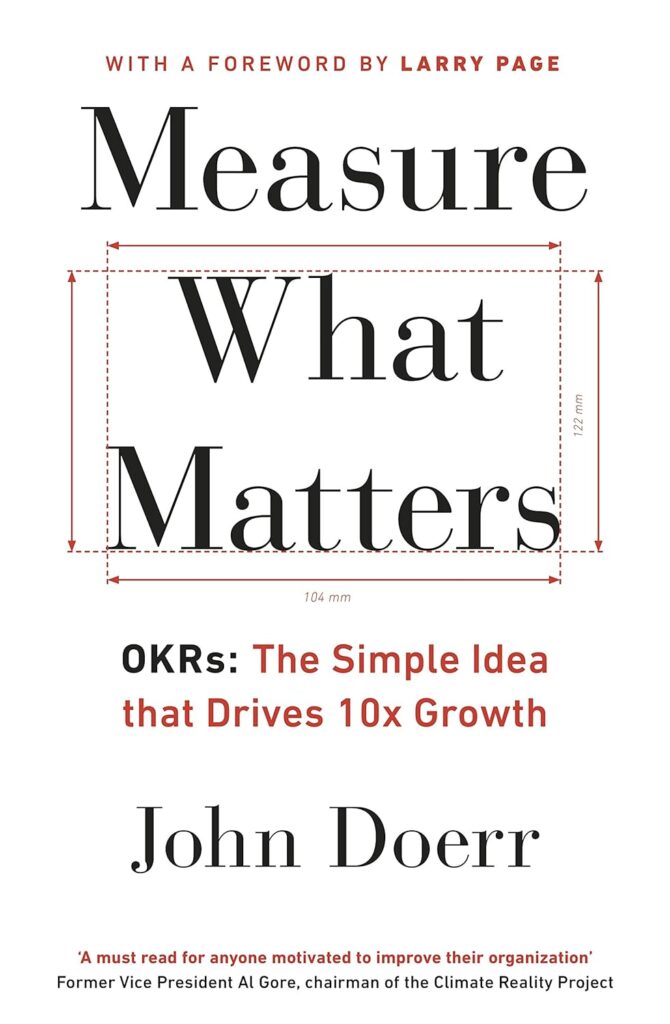
About the Book:
John Doerr introduces the concept of Objectives and Key Results (OKRs) as a framework for setting and achieving ambitious goals. The book provides practical examples and insights into how OKRs can drive focus and alignment across teams.
Key Takeaways:
- OKR Framework: Learn how to define measurable goals and align team efforts.
- Case Studies: Examples from Google, Intel, and other leading companies showcase OKRs in action.
- Practical Tips: Guidance on implementing OKRs in any organization, regardless of size or industry.
20. Hacking Growth: How Today’s Fastest-Growing Companies Drive Breakout Success – Sean Ellis and Morgan Brown

About the Book:
“Hacking Growth” is a practical guide to growth hacking, a data-driven approach to achieving rapid business growth. The authors, pioneers in the field, provide actionable strategies for marketers, product managers, and startup founders.
Key Takeaways:
- Growth Hacking Framework: Step-by-step process for identifying and testing growth opportunities.
- Cross-Functional Collaboration: Insights into how marketing, product, and engineering teams can work together to drive growth.
- Real-World Examples: Stories from companies like Dropbox and Airbnb illustrate successful growth hacking strategies.
Conclusion
The journey to becoming a successful product marketer is filled with challenges, but these 20 books provide the tools, strategies, and insights to navigate the landscape confidently. Whether you’re honing your positioning skills, mastering go-to-market strategies, or learning how to engage customers, each book offers unique lessons to elevate your expertise.
FAQs: Product Marketing Books
1. What criteria were used to select these books?
These books were chosen based on their relevance, popularity, and ability to address key aspects of product marketing, from strategy to execution.
2. Can these product marketing books help with digital product marketing?
Yes, most principles discussed are applicable to both physical and digital products, making them versatile resources.
3. Are there online resources to complement these product marketing books?
Yes, Young Urban Project offers an 8-week Live Product Marketing course. In this course, you get:-
-Industry’s top experts as mentors
-100% Live, Interactive classes
-Practical ROI-focused teaching methodology
-Personalised Career Assistance
-Hands-on assignments
-Industry-recognized Certificate
4. Do I need prior marketing knowledge to benefit from these books?
Many books cater to beginners, offering foundational concepts, while others delve deeper into advanced strategies for experienced marketers.
5. How can I stay updated on product marketing trends?
Besides reading books, follow industry blogs, attend webinars, and network with other marketers to stay informed.

